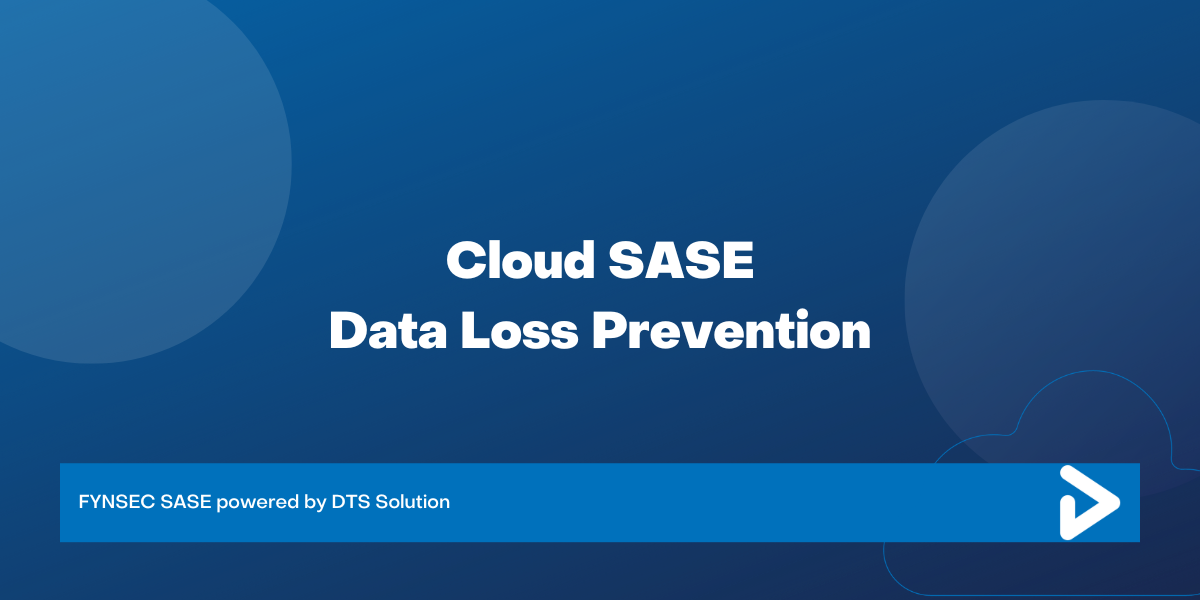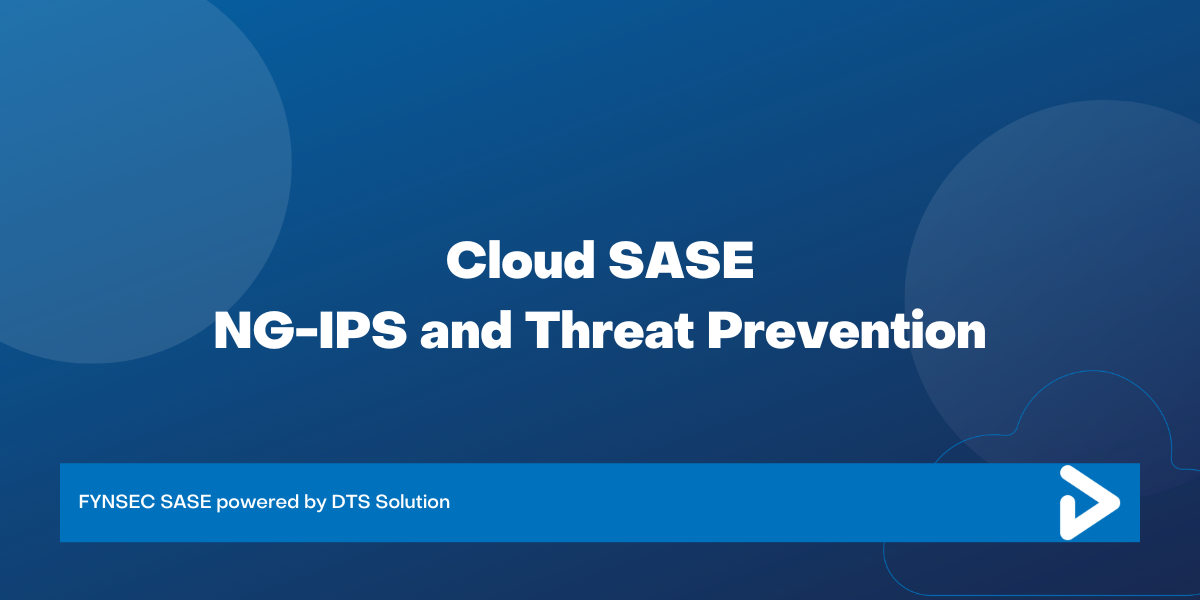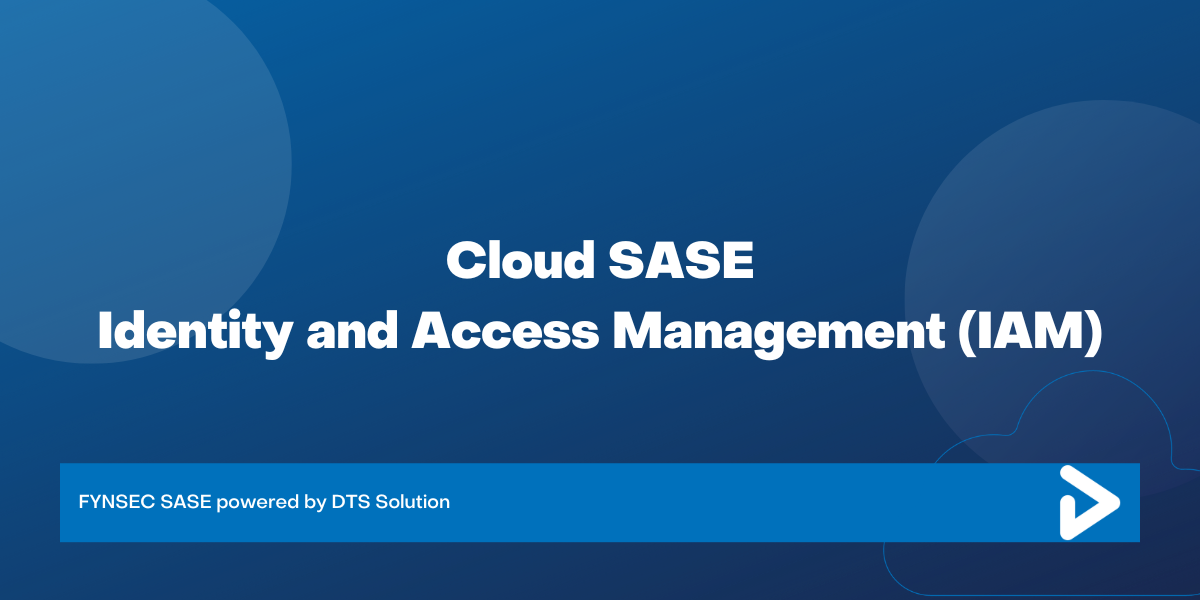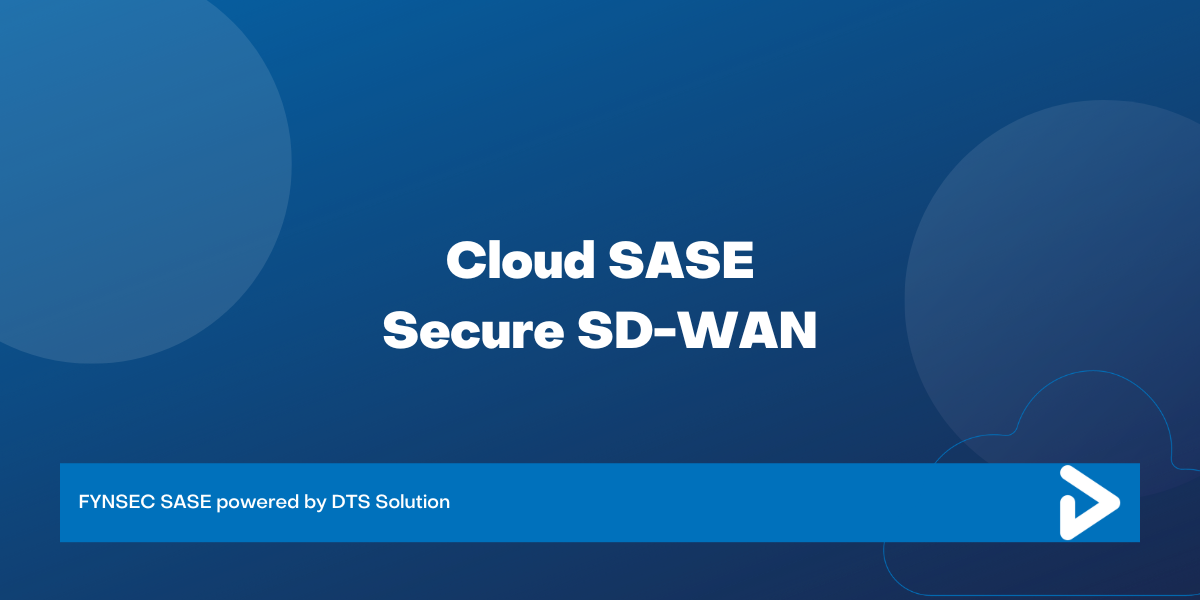Cloud SASE – Data Loss Prevention

Organized cybercriminals and malicious threat actors have various motivations. One of the motivations is to make money through extortion. As an organization, you may be thinking about what is the most valuable asset and ensuring it is protected from such threat actors.
The simple answer to this is data. It is not your application, system, or infrastructure but the information and data the threat actors are after. After all, data has tangible value if it is confidential, and this is precisely what the threat actors aim to siphon out of your organization to carry our extortion.
Beyond external threat actors, organizations also need to be mindful of internal threat actors. Similarly, an employee leaving an organization may discretely exfiltrate confidential data out of the organization before leaving.
The proliferation of the remote workforce and adoption of a multi-cloud environment has meant the challenges to secure data and prevent data loss across a diverse environment, and the user base is now a primary concern for security professionals.
Managing data and ensuring it is protected across its lifecycle is a significant challenge for organizations. This has given rise to security controls to protect against data loss in the form of Data Loss Prevention (DLP) technologies.
With the increased demands of securing a remote workforce and adopting the cloud, organizations must find creative ways to protect from any intentional or unintentional data leak.
Corporate users can easily exfiltrate data while working from home as they would not be subject to the same cybersecurity controls present if they were sitting in the office.
SASE is a strategic initiative for organizations as they decentralize, secure remote workforce, and provide safe internet access from any location. Connected branches using the internet compared to costly MPLS links for the remote sites are just some of the activities driving the adoption of SASE. Ensuring all internet-bound traffic from users flows through a cloud-native SASE regardless of where they may be sitting.
SASE has many features to secure user to internet traffic flow from Secure Web Gateway (SWG), NGFW as a Service, DNS Security, Remote Brower Isolation, Cloud Access Security Broker, Malware Protection, and Data Loss Prevention.
Integration of Data Loss Prevention (DLP) capabilities into SASE becomes an integral part of the overall strategy as it solves many challenges in protecting against data loss for a decentralized organization with a remote workforce. SASE with DLP capabilities helps define business rules that classify and protect confidential and critical information from being leaked.
Cloud Data Loss Prevention (DLP) is a consistent, seamless set of data security policies that uniformly enforce Data Loss Prevention (DLP) from the user or endpoint to the internet and cloud. DLP controls help detect potential data breaches when users attempt data exfiltration. It is prevented by analyzing, monitoring, and detecting confidential and sensitive data while in use, in motion, and at rest.
Cloud DLP is a critical feature of SASE, and when combined with SWG and CASB capabilities, it provides unparalleled visibility and data protection across IaaS and SaaS services, with some of the use cases explained below.
- Using threat context to detect and prevent account breach
- Confidential data loss detection and prevention
- Keeping an eye on insider threats and behavioral anomaly
- Reacting and instantly acting on an incident
- Location Agnostic Data Protection
Data loss prevention policies secure sensitive data in real-time regardless of whether an employee works onsite or remotely. Employers who use DLP do not have to limit their workforce mobility or restrict their freedom to travel and work from anywhere and ensure that critical data will be kept safe. With DLP-enabled SASE the remote workforce can securely connect to the internet through the SASE cloud with DLP inspection and enforcement. - Device Agnostic Data Protection
Data loss prevention policies secure sensitive data in real-time regardless of whether the device is managed (corporate) or unmanaged (personal). BYOD is a good example, with Mobile Device Management and integration with DLP, you can enforce personal devices do not pose a risk to corporate data being leaked. - Application Agnostic Data Protection
Data loss prevention policies secure sensitive data in real-time regardless of the application. Whether a client browser or an email client, all sensitive and confidential data will be protected from being uploaded or attached when utilizing such office and corporate power apps. - Removable Media Data Protection
Removable media is another common way for sensitive data to be lost. DLP agents on endpoints allow administrators to assign various levels of controls, such as blocking USB or preventing confidential and sensitive files from being transformed onto removable media. - Endpoint Data Visibility
Data stored on user endpoints is a primary concern and often violates security policies and compliance requirements. Data protection standards require firms to limit access to sensitive information and preserve it only for as long as necessary, and access rights to individuals to be given on a need-to-know basis.
Administrators can scan data-at-rest using endpoint DLP agents and take corrective measures when discovered. Based on compliance requirements, data can be classified, encrypted, or destroyed, guaranteeing that businesses can enforce the necessary data security policy.
Cloud-native SASE with DLP capabilities focuses on enforcement controls to prevent data loss of confidential and sensitive data by reading classification labels and tags of the dataset transiting the SASE environment.
Classification is performed on the datasets using manual methods (user-driven) or automated through content scanning for keywords. Typically, the organization would ensure confidential data is classified using tools such as Microsoft Information Protection (MIP), Boldon James, TITUS, and Get Visibility. These classification tools are then integrated with SASE-DLP features to ensure classification labels are understood, such as Restricted, Sensitive, Confidential, Internal, and Public.
These classification labels and tags are then applied by DLP policies within the SASE to ensure that confidential and personal data is protected per the defined rules.
Our Methodology Approach
At FYNSEC SASE, we deliver a data-centric approach to SASE to avoid data loss across people, devices, and cloud apps. We intelligently inspect data classification labels and ensure all traffic destined to the internet is protected against sensitive data exfiltration.
Our SASE leverages CASB and DLP technology to provide in-depth visibility and protection for IaaS, SaaS, shadow IT, and internet services.
The advantage of this technique is that it allows security teams to quickly detect sensitive data flow and apply data protection measures that are consistent and uniform across the entire workforce.
Our Integrated Approach
Unlike other SASE platforms, which are different controls stitched together, we provide an integrated services platform that is orchestrated and configured from a single interface.
- Network Access with Zero Trust (ZTNA): A software-defined perimeter, or ZTNA, restricts access and provides the least privilege to users for cloud and on-premises resources.
- Secure Web Gateway (SWG): SWG inspects and enforces network and web security policies to block harmful websites and content streaming from distant users to the internet.
- Security Broker for Cloud Access (CASB): The Cloud Access Security Broker (CASB) lies between cloud users and cloud service providers, enforcing security policies as cloud services and data are accessed.
- Data Loss Avoidance (DLP): DLP monitors sensitive data movement outside the organization to protect and prevent data in motion, data at rest, and data in use from being accidentally or maliciously exfiltrated.
- Behaviour Analytics for Users and Entities (UEBA): UEBA tracks user behavior during sessions and flags irregularities or high-risk situations.
Get in touch today to learn about FYNSEC and our cloud-native SASE platform.



